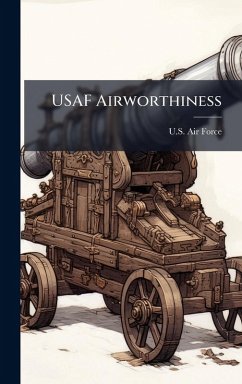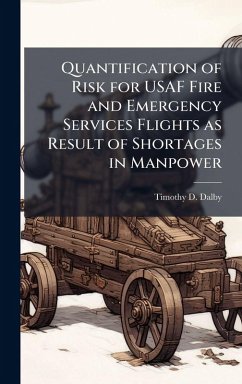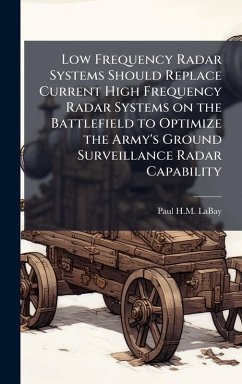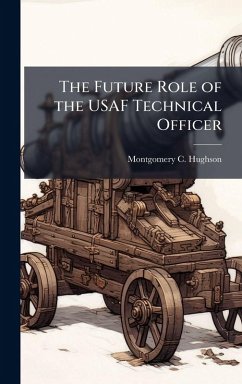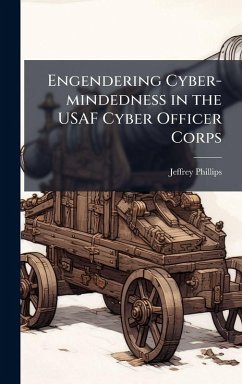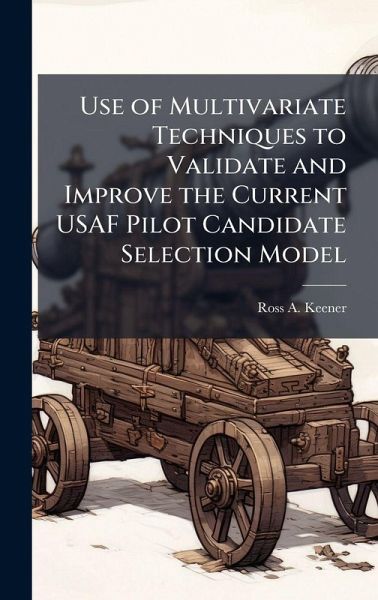
Use of Multivariate Techniques to Validate and Improve the Current USAF Pilot Candidate Selection Model
Versandkostenfrei!
Versandfertig in über 4 Wochen
30,99 €
inkl. MwSt.
Weitere Ausgaben:

PAYBACK Punkte
15 °P sammeln!
Training pilots for the USAF costs millions of dollars every year. There are seven points of entry into Air Force Undergraduate Pilot Training (UPT). Each source has its own selection process to screen candidates accepted into UPT. The Pilot Candidate Selection Method (PCSM) seeks to ensure the highest possible probability of success at UPT. PCSM applies regression weights to a candidate's Air Force Officer Qualification Test (AFOQT) Pilot composite score, self-reported flying hours, and five Basic Attributes Test (BAT) score composites. PCSM scores range between 1 and 99 and are loosely inter...
Training pilots for the USAF costs millions of dollars every year. There are seven points of entry into Air Force Undergraduate Pilot Training (UPT). Each source has its own selection process to screen candidates accepted into UPT. The Pilot Candidate Selection Method (PCSM) seeks to ensure the highest possible probability of success at UPT. PCSM applies regression weights to a candidate's Air Force Officer Qualification Test (AFOQT) Pilot composite score, self-reported flying hours, and five Basic Attributes Test (BAT) score composites. PCSM scores range between 1 and 99 and are loosely interpreted as a candidate's probability of passing UPT. The goal of this study is to apply multivariate data analysis techniques to validate PCSM and determine appropriate changes to the model's weights. Performance of the updated weights is compared to the current PCSM model via Receiver Operating Curves (ROC). In addition, two independent models are developed using multilayer perceptron neural networks and discriminant analysis. Both linear and logistic regression is used to investigate possible updates to PCSM's current linear regression weights. An independent test set is used to estimate the generalized performance of the regressions and independent models. Validation of the current PCSM model demonstrated in the first phase of this research is enhanced by the fact that PCSM outperforms all other models developed in the research. This work has been selected by scholars as being culturally important, and is part of the knowledge base of civilization as we know it. This work was reproduced from the original artifact, and remains as true to the original work as possible. Therefore, you will see the original copyright references, library stamps (as most of these works have been housed in our most important libraries around the world), and other notations in the work. This work is in the public domain in the United States of America, and possibly other nations. Within the United States, you may freely copy and distribute this work, as no entity (individual or corporate) has a copyright on the body of the work. As a reproduction of a historical artifact, this work may contain missing or blurred pages, poor pictures, errant marks, etc. Scholars believe, and we concur, that this work is important enough to be preserved, reproduced, and made generally available to the public. We appreciate your support of the preservation process, and thank you for being an important part of keeping this knowledge alive and relevant.



